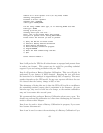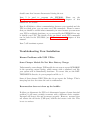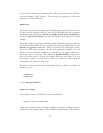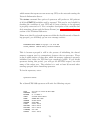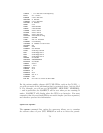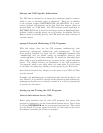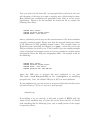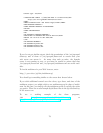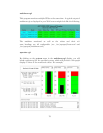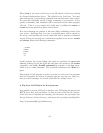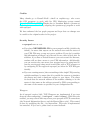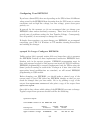Next you must edit the hosts file /etc/apcupsd/hosts.conf and at the end,
add the name of the hosts you want to monitor and a label string for them.
Kern Sibbald uses multimon.conf unmodified from what is on the source
distribution. However, he has modified the hosts.conf file to contain the
following three lines:
MONITOR matou "Server"
MONITOR polymatou "Backup server"
MONITOR deuter "Disk server"
matou, polymatou, and deuter are the network names of the three machines
currently running apcupsd. Please note that the network names may either
be IP addresses or fully qualified domain names. The network name (or
IP address) may optionally be followed by :<port>, where the port is the
NIS port address you wish to use. This is useful if you are running multiple
copies of apcupsd on the same system or if you are running in a mixed vendor
environment where the NIS port assignments differ. An example could be
the following:
MONITOR matou "Server"
MONITOR polymatou "Backup server"
MONITOR deuter "Disk server"
MONITOR polymatou:7001 "APC USB UPS"
where the USB copy of apcupsd has been configured to use port
7001 (with --with-nis-port=7001 on the ./configure or by modifying
apcupsd.conf). Note, the default NIS port is 3551 on most platforms.
To test multimon.cgi, you can execute it as non-root directly from the source
cgi build directory. To do so, enter at a shell prompt:
./multimon.cgi
If everything is set up correctly, it will print a bunch of HTML with the
values of the machines that you have put in the hosts.conf file. It should
look something like the following (note, only a small portion of the output
is reproduced here):
77



